By Susanne von Rosenberg, UC Master Gardener of Napa County
One of the reasons I really enjoy having fruit trees is that they are perennials: they give back a lot for relatively little effort. You can get the same benefits from perennial vegetables.
The most common perennial vegetables for our area are artichokes, asparagus and bunching onions (scallions). Others that are highly suited to our Napa Valley climate are cardoon (a relative of artichokes), tree collards (also known as tree kale or walking stick kale), walking onions (also called Egyptian onions) and nopales (prickly pear cactus pads). Additional options include sunchokes (Jerusalem artichokes), perennial arugula (caution: it self-seeds readily) and miner's lettuce (claytonia). In our climate, miner's lettuce acts like a self-seeding annual, but it is a perennial in areas where it receives sufficient moisture.
In addition, you can “perennialize” regular kale, garlic (for green garlic) and, to some degree, Swiss chard and broccoli. To start treating regular kale as a perennial, simply cut it back to a few inches of stalk when it starts to look tired and it will resprout. You can do the same with broccoli. You won't get another large head, but you will refresh the plant and get more small side shoots.
In my yard, Swiss chard readily self-seeds, so there is always some chard growing wherever I water regularly. If it's not in the way, I let it grow. If you plant garlic and don't harvest the bulb, it will sprout as a cluster of green garlic the following growing season and continue to create bulbs underground. Eventually, as with flower bulbs, you will have to dig it up and divide it. Keep some of the best bulbs and replant some cloves for more green garlic.
Think about the pros and cons when you consider adding perennial vegetables to your garden. The main advantage is that you only plant once, yet you harvest for multiple years. Because the plants stay in place longer, they develop stronger and more extensive root systems. This helps the plants take better advantage of available water and nutrients.
Because you're not replanting every year, you're protecting the soil ecosystem. For busy people, adding one or two perennial vegetables per year can be a way of building a productive vegetable garden without investing a lot of time.
You can also let the plants flower, which supports pollinator insects. Some perennials add beauty to your garden. Sunchokes, which are part of the sunflower family, will grow 8 to 10 feet tall with adequate water and produce numerous small sunflower-like flowers.
However, there are some downsides. First of all, you lose flexibility. You have to carefully consider how big the plants will get and whether they make sense at full size in their proposed location. Good locations for perennial vegetables include areas adjacent to other perennials (including berries, fruit trees and ornamental plantings), at the ends of annual vegetable beds and in groupings with other perennials that have similar water needs.
For many perennial vegetables, it takes longer to get harvestable produce. Also, you may need to keep watering them when the weather is dry. When we have a light rainy season, you'll likely have to keep irrigating.
If you are not rotating vegetables and you are keeping them alive year-round, you may have more pest problems. Control pests as soon as you notice them. If you have gophers, you may find that certain perennial plants, such as artichokes, need to be planted in cages because the roots are just too tasty for gophers to resist.
Finally, because you are continuing to water, you are also likely to continue to get weeds, so you will need to cultivate around the plants or mulch regularly to keep the weeds down. Also make sure to check that you are selecting the right kinds of perennial vegetables for your garden. Many common perennial vegetables, such as watercress, require relatively high amounts of water or need sandy, well-drained soil. Others can become invasive. Do your research or contact the Master Gardener help desk for more information.
There are many other perennial vegetables to try if you're adventurous. On the border between herbs and vegetables are sorrel and lovage, which can be used as salad greens, in soups and as seasonings. Daylily tubers, young shoots, buds and flowers are all edible. The leaves of scorzonera (black salsify) can be harvested and eaten just like lettuce. (If you harvest the edible roots, however, you will kill the plant.) Sweet potato leaves are also edible, as are linden tree leaves. Have fun diversifying your garden!
Napa Library Talks: First Thursday of each month. Register to get Zoom link. Thursday, February 4: Soil is the Solution: Healing the Earth One Yard at a Time.
Got Garden Questions? Contact our Help Desk. The team is working remotely so please submit your questions through our diagnosis form, sending any photos to mastergardeners@countyofnapa.org or leave a detailed message at 707- 253-4143. A Master Gardener will get back to you by phone or email.
For more information visit http://napamg.ucanr.edu or find us on Facebook or Instagram, UC Master Gardeners of Napa County.
Attached Images:
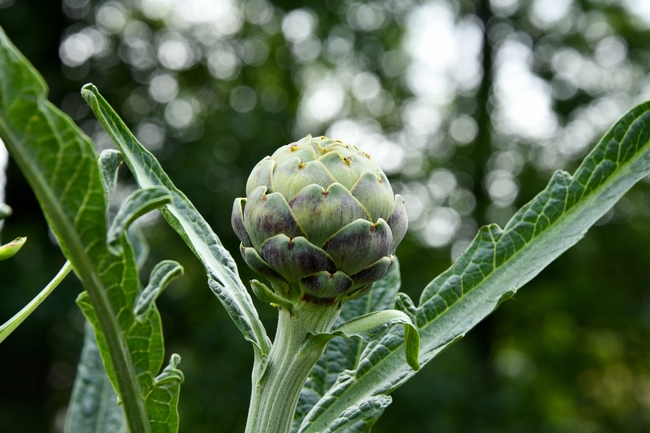
Artichoke. (shelley-pauls-unsplash)
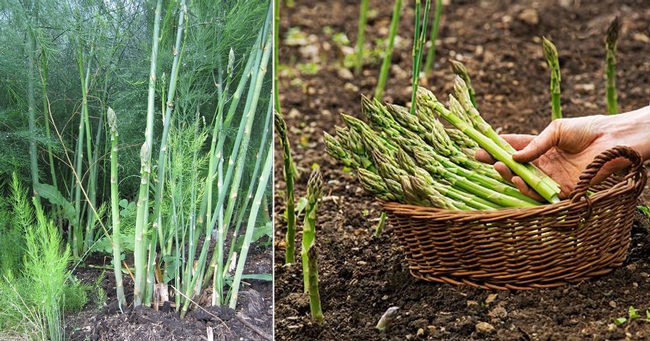
Asparagus. (indiagardening.com)
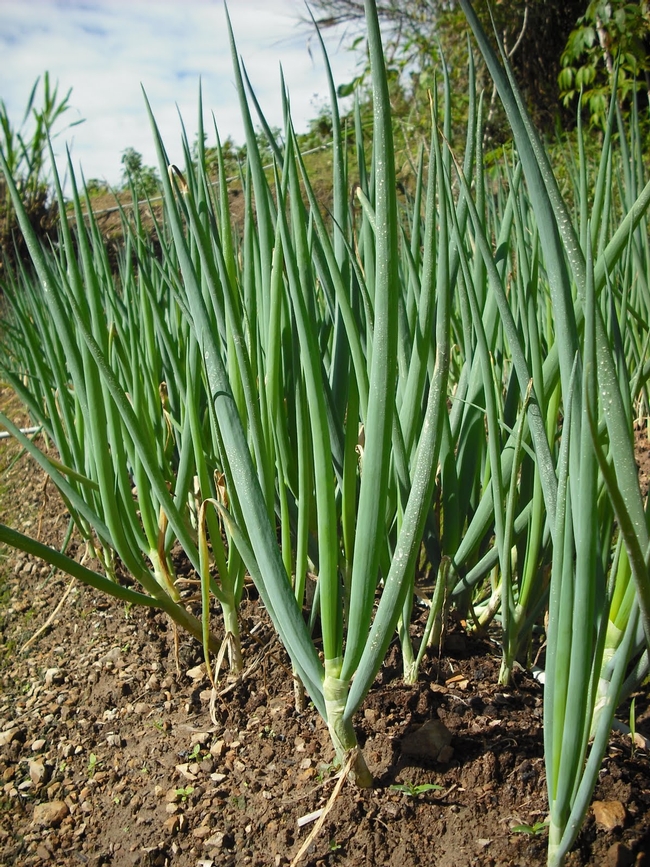
Bunching/Green onions. (asia.seeds.com)
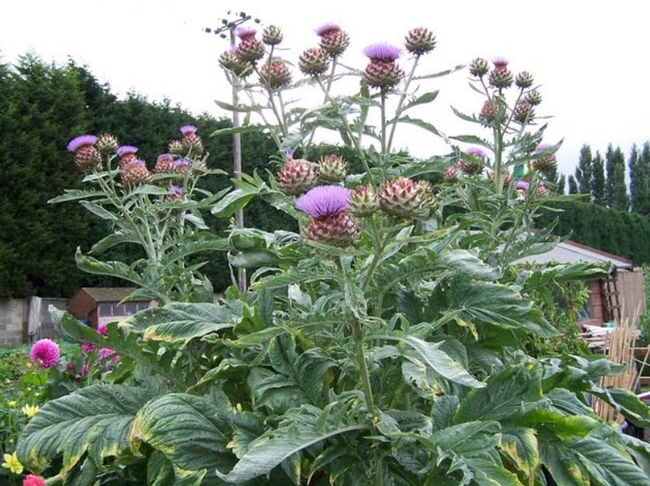
Cardoon. Artichoke-like growth, but with cardoon, it's the stem that's harvested. (ferrebeekeeper.wordpress.com)
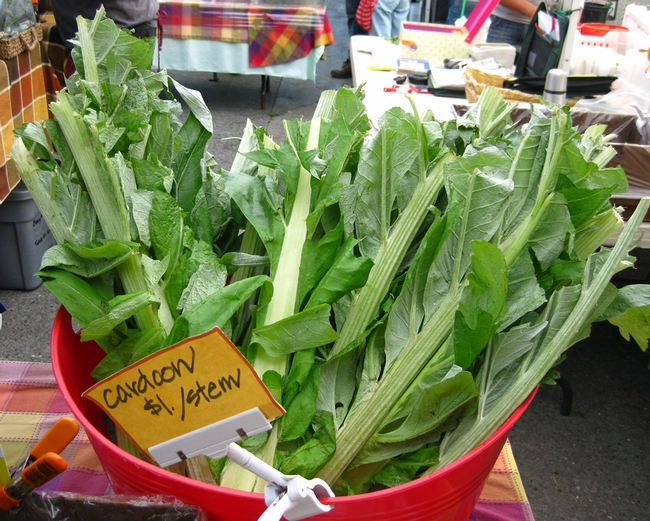
Cardoon stems. (yourfoodchoices.com)
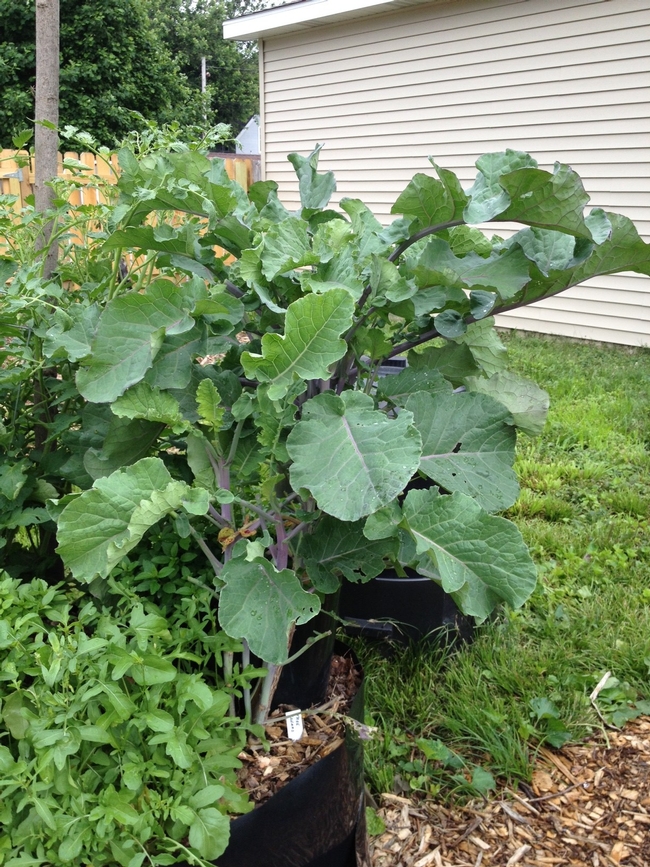
Tree collards. (laurabruno.wordpress.com)
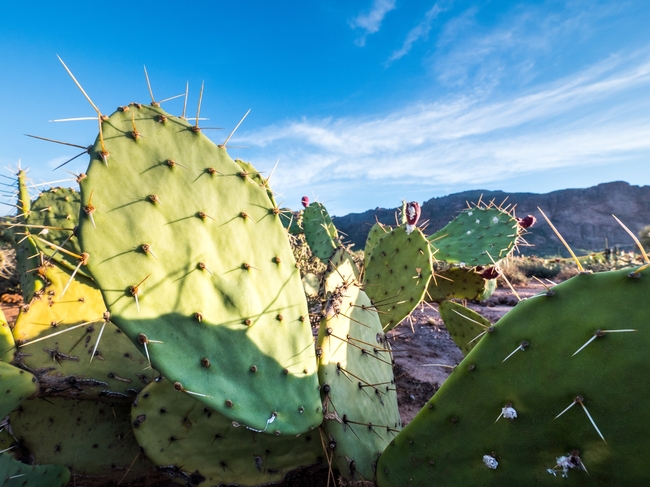
Nopales/Prickly pear. (raychel-sanner-unsplash)
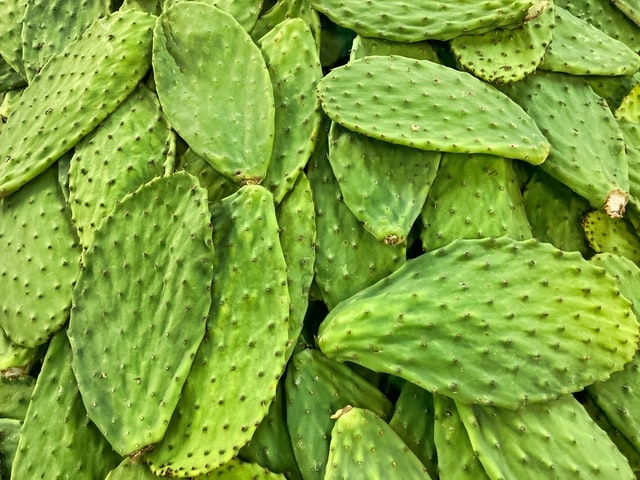
Nopales, without the prickles. (andrew-coop-unsplash)
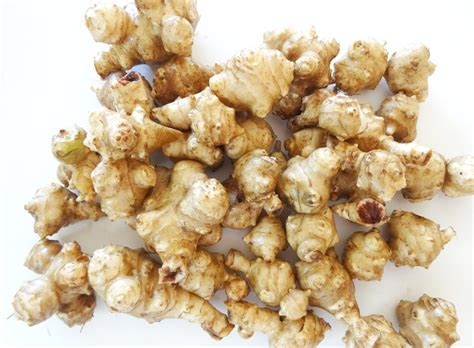
Jerusalem artichoke/Sunchoke. Looks like ginger--doesn't taste like ginger! (duckandroses.com)
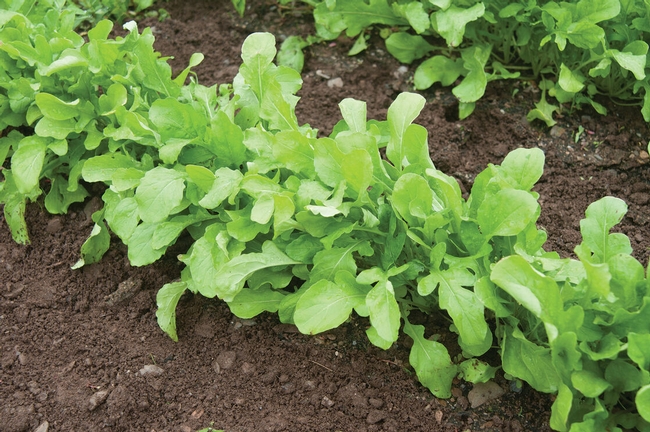
Arugula. (johnnyseeds.com)
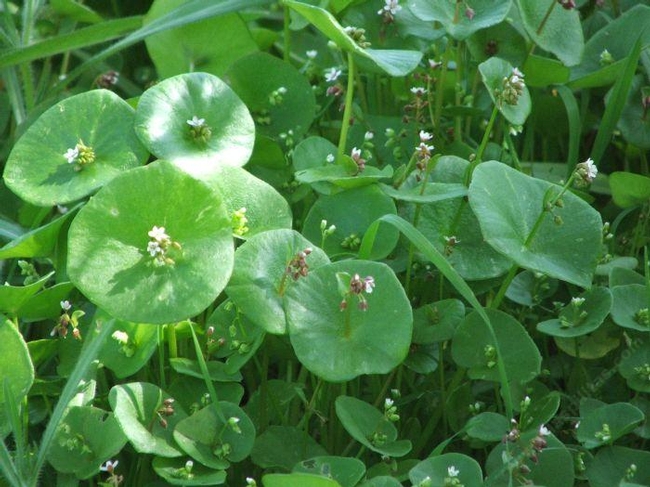
Miner's lettuce. (laspilitas.com)
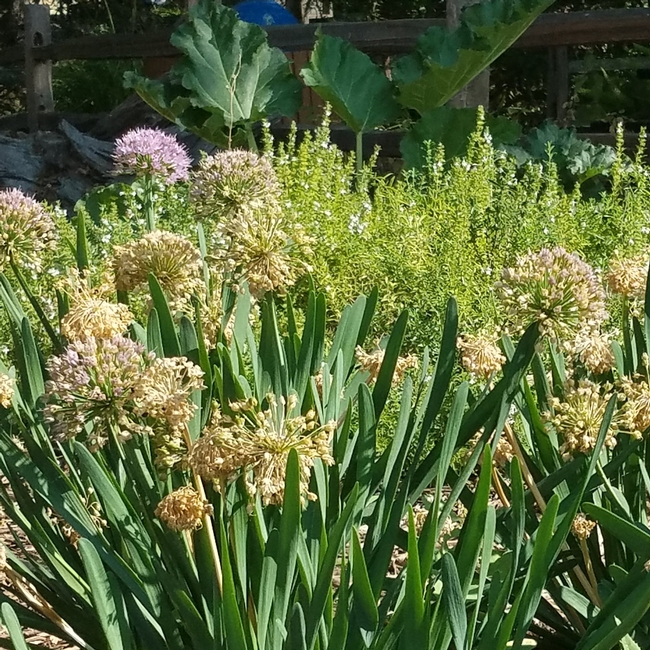
Garlic blossoming at the French Laundry garden. (crushedgrapechronicles.com)
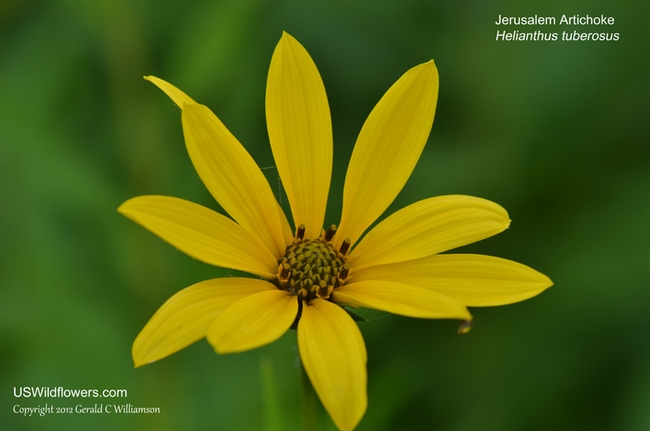
Sunchoke blossom. Looks like a sunflower--it's in the same family. (uswildflowers.
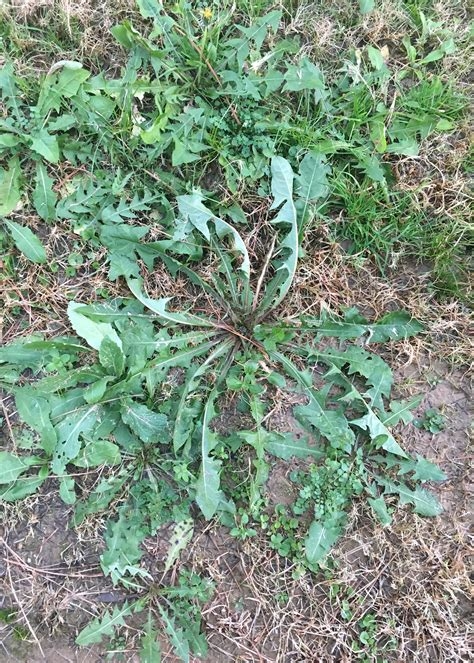
Weeds take nutrients and water from the plants you want! (extension.msstate.edu)
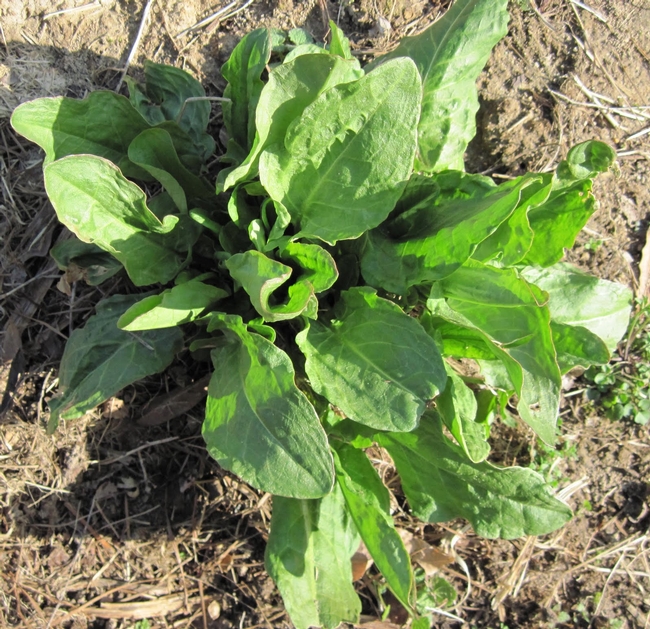
Sorrel. (cvog.blogspot.com)
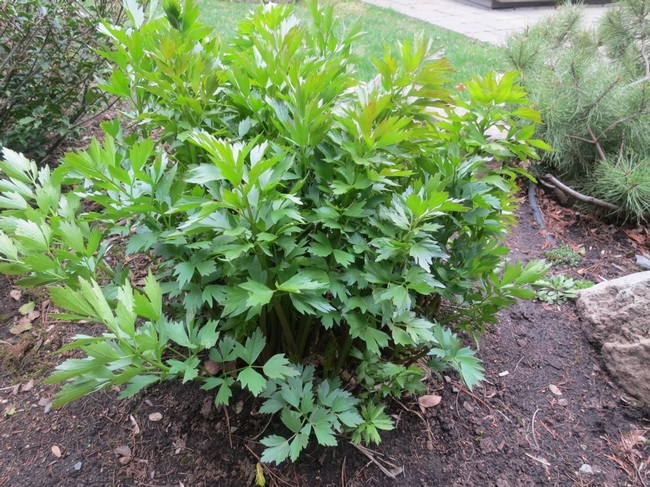
Lovage. Some cooks make pesto with it. (italiancooks.wordpress.com)
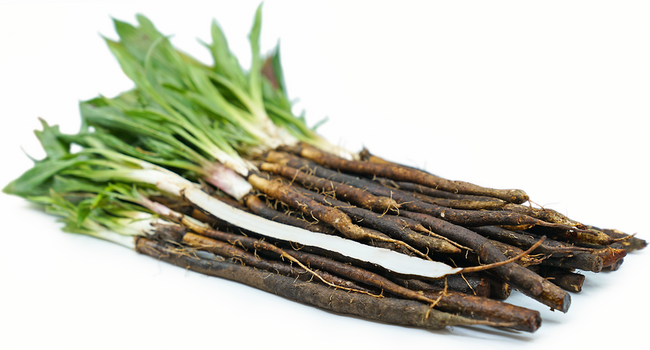
Black salsify. (specialtyproduce.com)
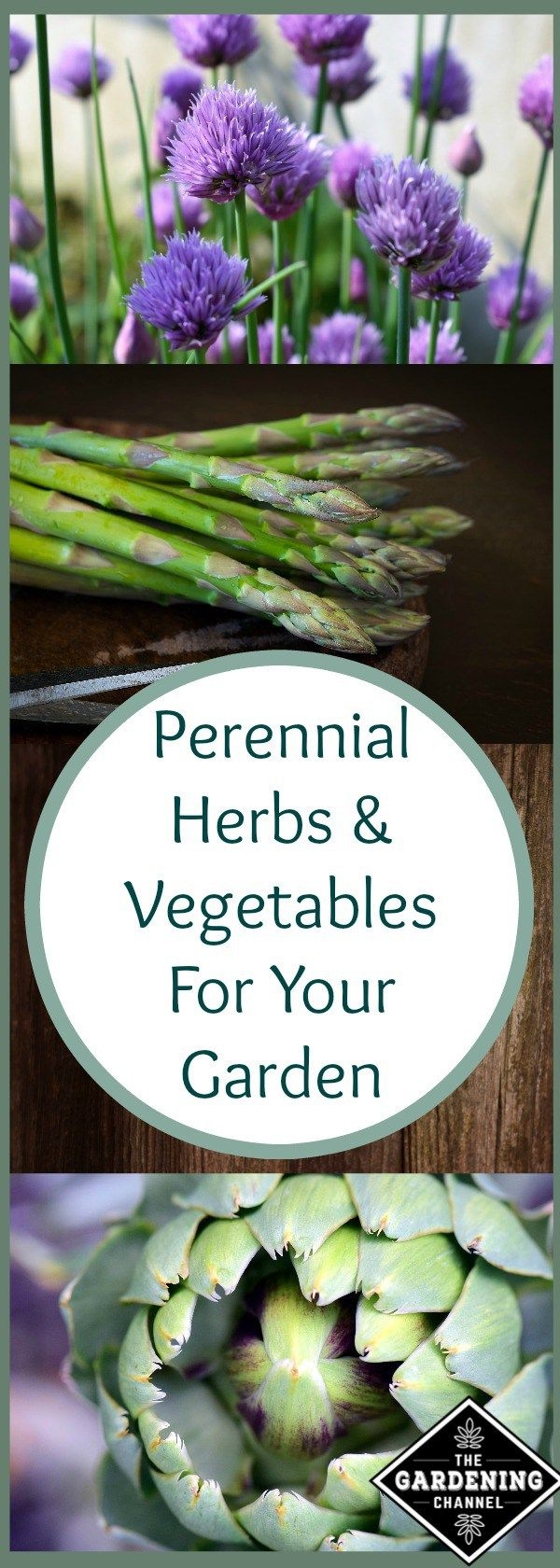
Plant perennial vegetables and herbs! (pinterest.com)